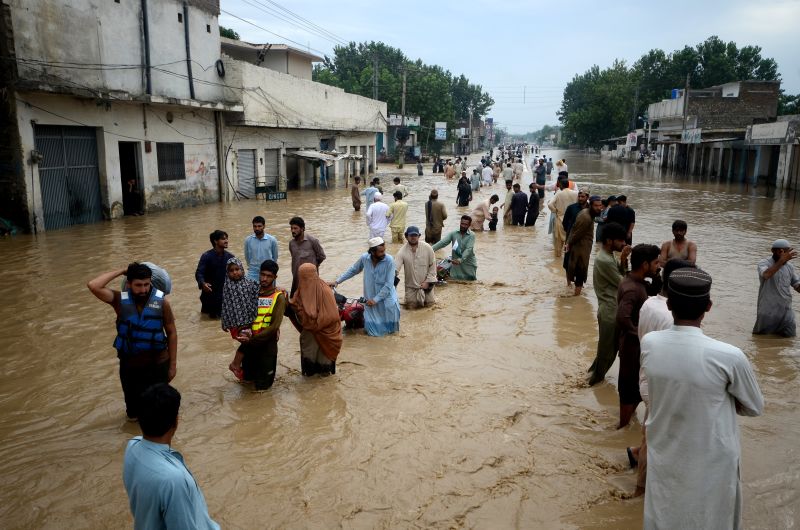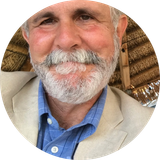The coalescence of salience points will turn climate change into a thing we all tell stories about

As the crises become increasingly salient (note the recent floods in Pakistan, or a few weeks ago in Kentucky), we’ll keep reaching salience points where the the present immediacy to individuals begins to create collective stories about what is going on which cannot be avoided.

These salience points are actually critically important, because the actual level of disruption or damage (in some kind of objective sense) does not relate directly to the human systems that are needed to respond to it. But the salience does. In other words, as the crises become more immediate, things will change in ways that we could actually start to predict. Humans were evolved to respond to certain immediate situations, short-term survival issues, etc. This is why global warming is such a big problem: it does not always meet any of those conditions. It seems abstract, distant, and global.
But look what is starting to happen: all over the globe now, there are more salient (striking, conspicuous, hard-to-ignore) features that are occurring and being attributed to climate change. As this happen, a coalescence begins to occur, tangentially at first, but predictably, and itself increasing in salience. In other words, there are three layers of phenomenon, if we relate the actual phenomena to the human perceptive field:
- Actual phenomena (at first only measurable by scientists as a probability; then, observable, but still requiring abstract thought, executive function and a willingness to entertain data — still not reflecting those immediate survival qualities that tend to cause humans to pay attention to something).
- Then, you begin to see outcroppings of events that gradually cannot be ignored, more and more. I recall a story from a few years ago about people on the North Carolina coast who still refused to acknowledge the possibility that climate could be a real concern about needing to protect their shoreline. That’s all poppycock, they said. But give it a few more years, and it will become obvious. Any single data point does not cause you to shift your story, but at some point, the story does begin to shift, as the information becomes more salient.
- And then this third layer, is where we start to share a collective story about what is happening, that is actually a shared reality that cannot easily be avoided. People don’t need to agree that the sun rises at a certain time in the morning, or that it is very hot or very cold, and so on. And beyond this basic level, our stories are still fairly well shared — there are things humans are doing that put carbon into the atmosphere, and this is the relation to what is going on, and so on.
So (1), phenomena that are too hard to perceive, (2) phenomena that in isolated pockets begin to suggest something that cannot be ignored (cause and effect salience), and (3), the coalescing of a story about why this is happening.
Now I suppose we have to presume that some people will tell a story about a God who is angry, or whatever. But really, I mean isn’t it just easier to tell those stories about abstract things? You may believe that God is angry and that’s why you did not get a promotion (vague, hard to point to cause), but you’re not as likely to point to God’s anger as the reason you ran out of gas, or that you’re cold (just turn up the thermostat). Right?
So this means that this coalescence is predictable. We could be anticipating it, looking for it, and helping it along.
Right?





